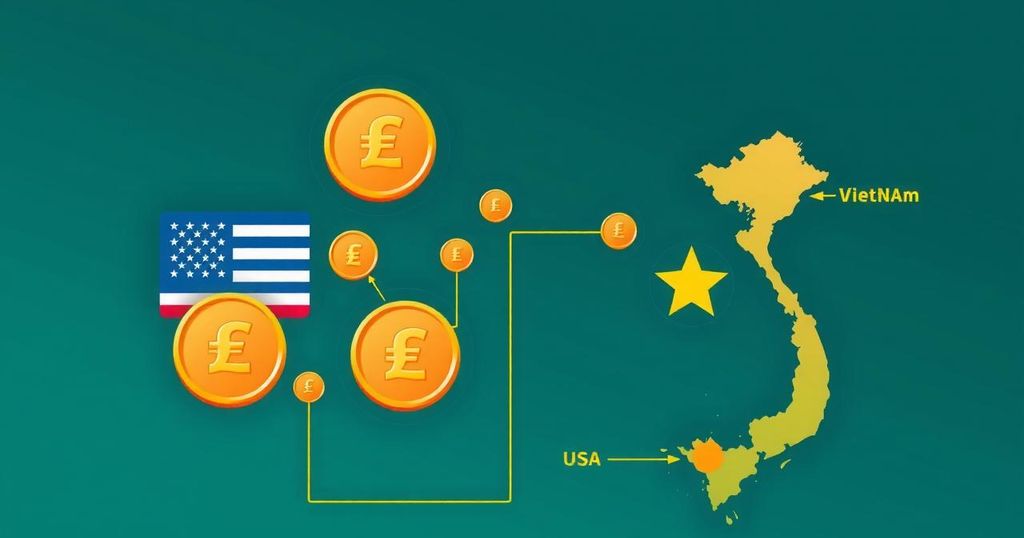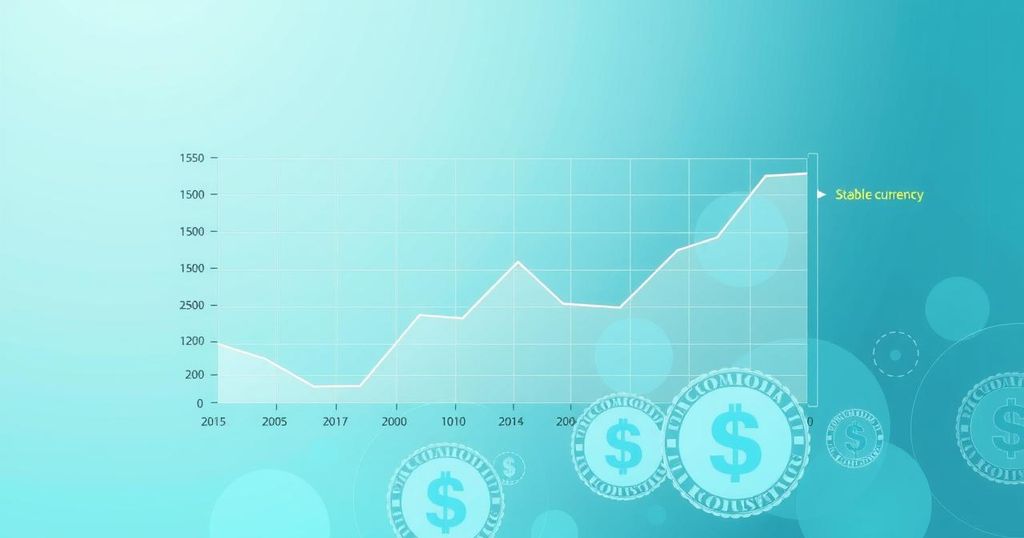Trump’s Trade Deal with Vietnam Focuses on Tariffs and Access
- President Trump has announced a new trade deal with Vietnam.
- Vietnam will pay a 20% tariff on goods imported into the U.S.
- The deal aims to provide the U.S. with total market access to Vietnam.
- Concerns arise about tariffs affecting American consumers.
- Vietnam’s agreement to import $3 billion in U.S. agricultural goods signifies potential benefits.
Trump’s New Deal Aims to Reshape Trade with Vietnam
In an attempt to reshape trade relationships, President Donald Trump has recently announced a new deal with Vietnam, just days before his self-imposed deadline of July 9. Initially, the ambitious goal of securing 90 trade deals within 90 days has been significantly scaled back, leaving only three frameworks on the table which include Vietnam, China, and the United Kingdom. While Trump framed this deal as a historic opportunity, Vietnamese officials, including General Secretary Tô Lâm, have confirmed the arrangement while noting that trade relations remain a work in progress and aren’t entirely settled just yet.
Understanding Tariffs and Market Access
A key part of the deal involves Vietnam agreeing to pay a 20% tariff on goods imported into the United States and an additional 40% tariff on any goods transshipped through Vietnam, according to Trump’s social media announcement. This raises a few eyebrows, as how tariffs work seems to be misrepresented; they are actually paid by American importers who typically pass these costs down to consumers. Notably, this arrangement also raises questions about what this means for the supply chains that often involve components from China, as many Vietnamese products contain parts that originate from Chinese manufacturers.
Navigating the Vietnam-China Trade Relations
This new framework arrives amidst ongoing tensions and challenges, especially concerning tariffs imposed during Trump’s first term and retained under President Biden. A large proportion of Vietnamese exports to the U.S. have reportedly been rerouted from China, and this arrangement may inadvertently continue that practice. As negotiations evolve, it remains unclear how tariffs will be applied and how to validate the origin of component materials wrapped up in exports. As Vietnam maintains a significant trading relationship with China, changes in U.S. policy could influence that dynamic, especially as Vietnam’s economic strategy continues to unfold.
The Future of U.S.-Vietnam Economic Relations
In terms of numbers, Vietnam stands as the tenth-largest U.S. trading partner with a total trade value reaching approximately $76 billion so far this year; unfortunately, this also marks the fourth-largest trade deficit for the U.S. at around $65 billion. While the potential outcomes of the newly announced tariffs and access remain to be determined, the deal includes positive commitments—Vietnam agreed to import about $3 billion in U.S. agricultural goods, which could be seen as a small victory for U.S. farmers and producers. However, the overarching concern regarding Vietnam’s currency manipulation remains unresolved, leaving plenty of questions about the long-term impacts of this trade arrangement.
The recent trade deal between the United States and Vietnam marks a significant pivot in U.S. trade strategy ahead of pending negotiations with other nations like China. While tariffs imposed raise concerns for American consumers and producers, the commitment to enhance agricultural exports could indicate at least a partial win for U.S. interests. However, critical lingering issues, such as currency manipulation and supply chain integrity, mean the ramifications of these decisions will continue to unfold in the coming months.




Post Comment